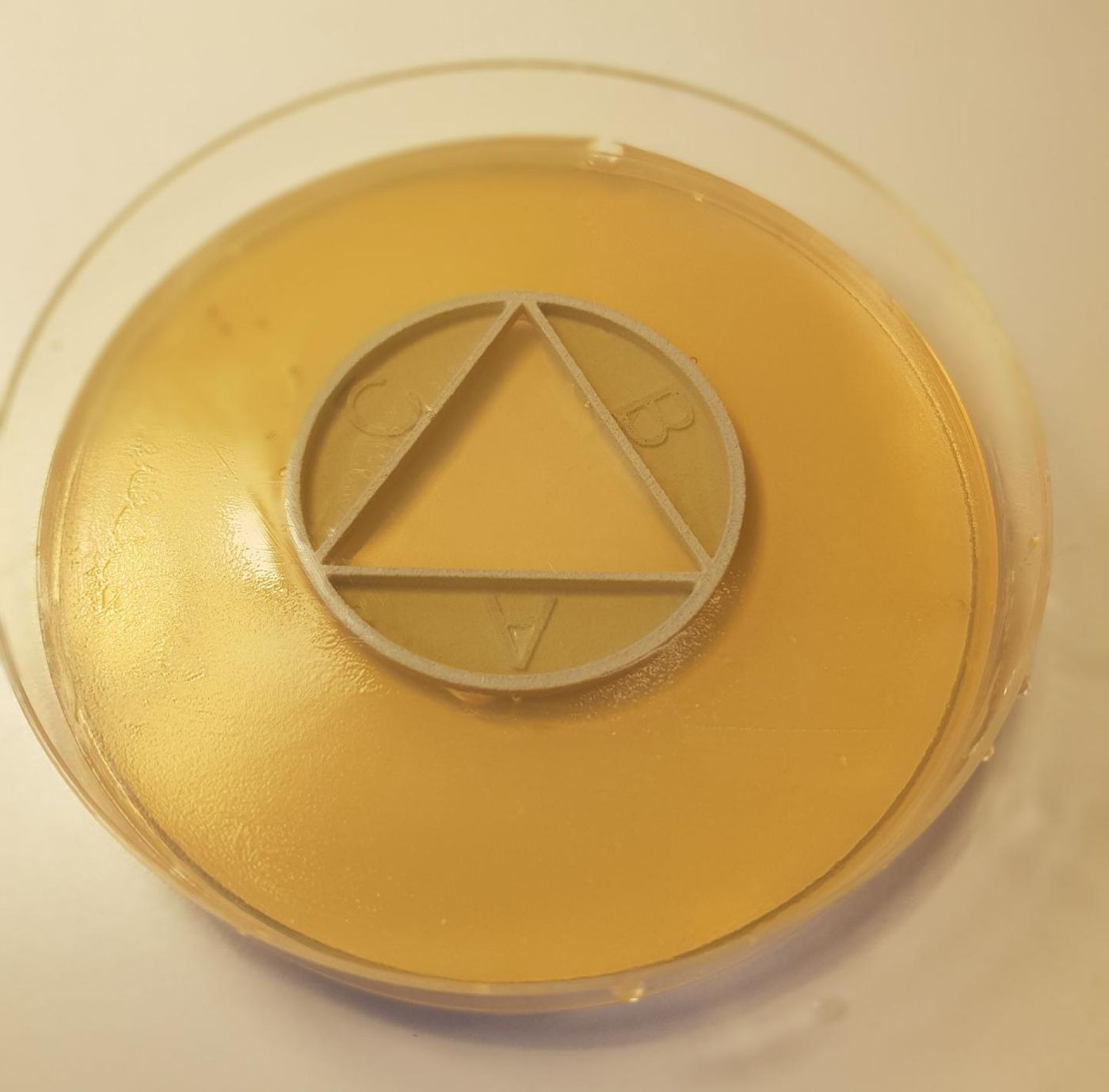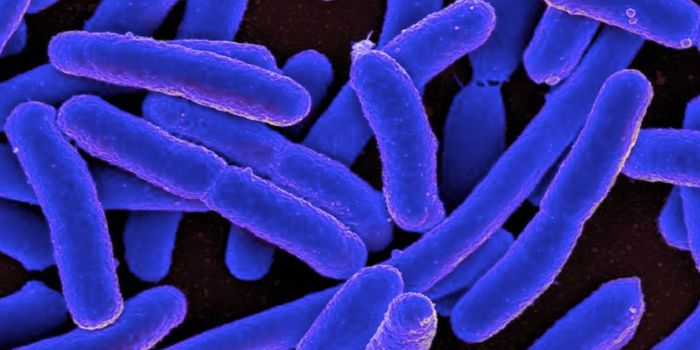A Fast, Cheap Way to See if Two Antibiotics Work Together
When a person has a bacterial infection, doctors can prescribe antibiotics to treat it. Some antibiotics are better at treating certain infections that can be readily identified, for example, Ciprofloxacin would be used for a urinary tract infection but not strep throat. But some infections aren't easy to treat; they may occur in people that are more susceptible to infection, like cystic fibrosis patients, or they may grow in places that are hard to access, like on implanted medical devices.
Sometimes, combinations of antibiotics will be much more effective at eliminating these bacterial infections than one antibiotic on its own. However, finding the right combination may unfortunately involve trial and error, while patients suffer through the effects of the infection. Researchers may have now found a better way.
Reporting in PLOS Biology, scientists have developed a technique that can rapidly show whether two antibiotics will effectively stop the growth of bacteria. This method is simple and inexpensive, and will expand the ability of clinicians to treat bacterial infections with a customized approach.
When two antibiotics are more effective in combination than either would be on their own, they are said to be synergistic. The opposite is also sometimes true. Some antibiotic combos can reduce each other's efficacy when combined, which is called antagonism. This is an unwanted outcome, but it might be hard to know what will happen when two drugs are mixed.
This new method, called CombiANT (combinations of antibiotics), utilizes an agar plate (a solid medium on which bacteria colonies are often grown) that contains a gradient of antibiotic drugs. Bacteria isolated from a patient can be cultured on these plates, and within 24 hours, they will show whether antibiotics have synergy.
In this study, the researchers obtained microbes from patients with urinary tract infections caused by E. coli. Different cultures were found to react to antibiotic combinations in different ways. One combination was synergistic on most cultures, but this same combination was also antagonistic when matched with other microbes.
"This result may be of great clinical importance. Consequently, instead of assuming that synergistic and antagonistic interactions are equal for all bacterial isolates, we test individually every isolate taken from an infected patient," said Dan I. Andersson, a Professor of Medical Bacteriology at Uppsala University.
Sources: AAAS/Eurekalert! via Uppsala University, PLOS Biology










